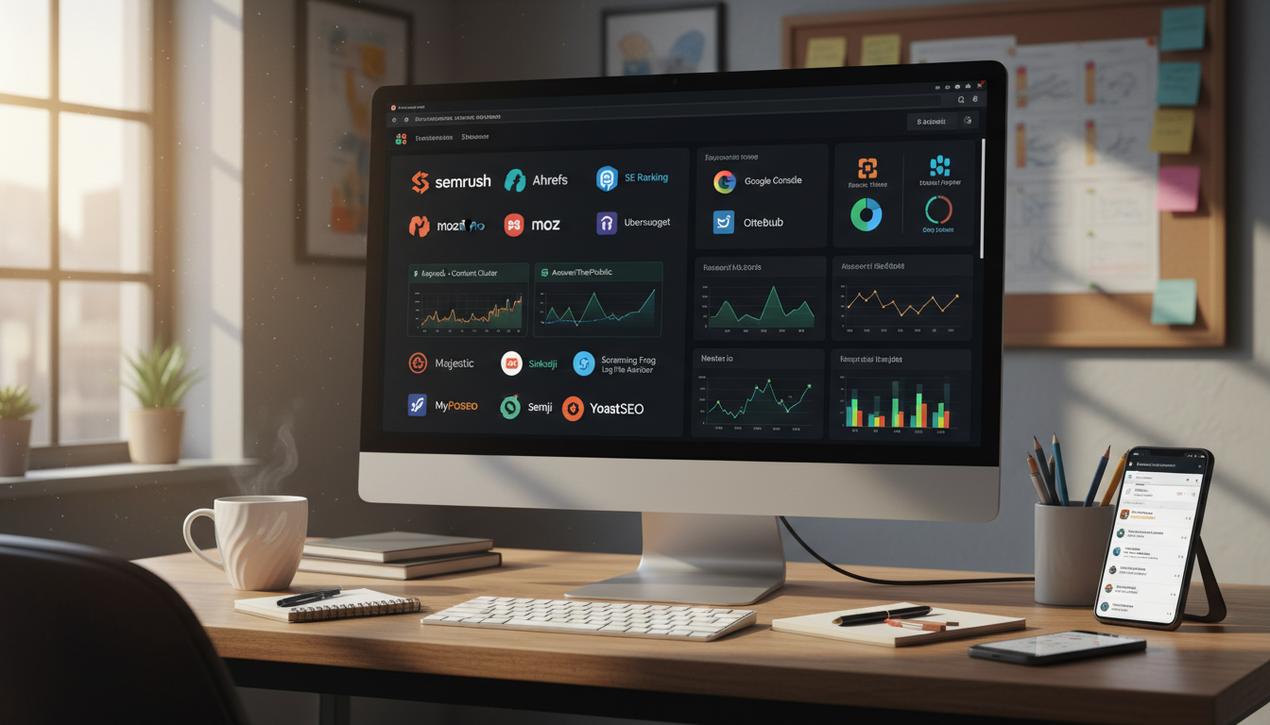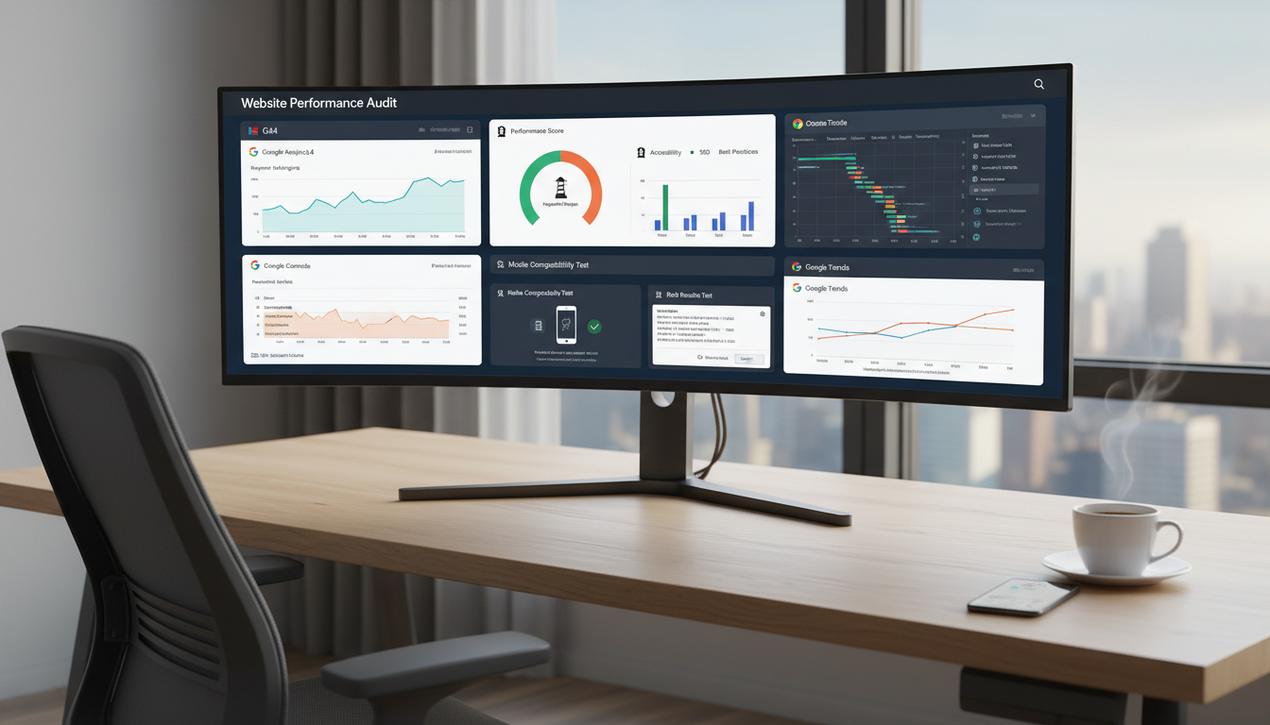Top 14 Business Messaging Apps for Team Collaboration in 2025


Corporate communication has fundamentally changed. The era of overflowing inboxes and endless email chains for internal collaboration is over. Today, a team’s performance hinges on its ability to communicate in a fluid, rapid, and centralized manner. The team collaboration software market, valued at tens of billions of dollars, is projected to grow at an annual rate of over 15%, reaching nearly $100 billion by 2030. This explosion is driven by the massive adoption of hybrid work and the need for distributed teams to stay connected. A high-performing business messaging app is no longer a luxury but a strategic pillar of productivity. It allows teams not only to exchange instant messages but also to share files, launch video calls, and integrate with dozens of other tools. Faced with a plethora of options, choosing the right solution can be complex. This detailed guide analyzes 14 of the best platforms for 2025 to help you find the perfect tool for your needs.
Why Is a Business Messaging App Indispensable?
Email still has its place for formal and external communications, but for daily internal collaboration, it has become a bottleneck. Professional instant messaging platforms address the critical needs of the modern work environment.
Centralization of Information
Instead of having information scattered across dozens of email threads, these platforms organize conversations into thematic channels (by project, by team, by topic). This allows anyone to easily find the context of a decision or an important file, even weeks later.
Fluidity and Speed of Exchanges
A quick question doesn’t require a formal email. Real-time chat accelerates problem-solving, promotes quick decision-making, and maintains project momentum. Targeted notifications ensure that only relevant people are alerted, reducing information overload.
Strengthening Company Culture
In a remote work context, these tools are essential for maintaining social connections. Dedicated channels for informal discussions, sharing reactions with emojis, or integrating GIFs help recreate some of the spontaneity of office interactions, thereby strengthening team cohesion.
The 2025 Comparison: 14 Business Messaging Apps Put to the Test
Each tool has its own strengths, target audience, and business model. We have grouped them into categories to facilitate your comparison.
The Undisputed Market Leaders
These platforms are used by millions of businesses worldwide and set the industry standards.
1. Slack: The Gold Standard for Team Communication
Slack popularized the concept of channel-based business messaging. Its intuitive interface, powerful search capabilities, and vast library of over 2,000 integrations make it a top choice for many startups and tech companies.
- Nearly limitless integrations with other tools (Asana, Jira, Google Drive).
- Advanced features like automated Workflows.
- High-quality audio and video calls with screen sharing.
2. Microsoft Teams: The Integrated Collaborative Suite
Included in many Microsoft 365 plans, Teams has become a formidable competitor. Its strength lies in its native integration with the Microsoft ecosystem (Word, Excel, OneDrive, Outlook), making it a logical choice for companies already using these tools.
- Real-time collaboration on Office documents directly within the app.
- Robust and professional video conferencing features.
- High level of security and compliance suitable for large enterprises.
3. Google Chat: The Perfect Integration with Workspace
Google Chat is Google’s answer to Slack and Teams. Integrated into Google Workspace, it shines with its simplicity and seamless connection to Gmail, Google Drive, Docs, and Meet. It is the ideal tool for teams that live and breathe in the Google ecosystem.
- Create and share Docs or Sheets directly from the chat.
- Powerful search that scans conversations and Drive files.
- Use of bots to automate tasks and integrate third-party services.
Open-Source and Secure Alternatives
For companies with high security, privacy, and customization requirements, open-source solutions are an excellent option.
4. Rocket.Chat: Customization Without Limits
Rocket.Chat is an open-source platform that you can host on your own servers, giving you complete control over your data. It offers a range of features comparable to Slack while being fully customizable.
- Total data control through self-hosting.
- Highly customizable (interface, features).
- Collaboration features with external users.
5. Mattermost: The Secure Messaging for Developers
Also open-source and designed for self-hosting, Mattermost places a special emphasis on the security and productivity of technical teams. It integrates deeply with development tools like GitHub, GitLab, and Jenkins.
- Designed for high-security environments (DevSecOps).
- Powerful integrations for developer workflows.
- A direct and private alternative to Slack.
6. Discord: The Challenger from the Gaming World
Initially created for gamers, Discord has been adopted by many businesses for its simplicity and the quality of its voice communications. Its system of servers, text channels, and voice channels is flexible and highly effective for organizing teams.
- Exceptional audio quality for voice calls.
- Simple and highly responsive interface.
- A very generous free version with extensive features.
Unified Communication Platforms
These tools go beyond simple chat to integrate telephony, video conferencing, and sometimes even customer service.
7. 3CX: Communication Beyond Chat
3CX is a comprehensive solution that integrates chat, video conferencing, website live chat, and even a business phone system (PBX). It’s an ideal platform for unifying all internal and external communications.
- All-in-one solution (chat, video, phone, SMS, Facebook).
- Advanced features for contact centers.
- Generous free version for small teams (up to 10 users).
8. Wimi: The All-in-One Collaborative Suite
Wimi is a European platform offering a complete suite of collaborative tools: messaging, file sharing, task management, and shared calendars. It emphasizes data sovereignty.
- A comprehensive solution that centralizes multiple tools into one.
- Integrated project management with Gantt charts.
- Security and data hosting in Europe.
9. Jostle: The Engaging Social Intranet
Jostle positions itself as a next-generation intranet. More than just a messenger, it’s a platform designed to connect employees in large organizations, share news, display org charts, and strengthen company culture.
- Ideal for company-wide communication.
- Features designed to boost employee engagement.
- Clear organization of information (news, events, etc.).
Specialists and Innovative Options
These tools stand out with an original approach to communication or an attractive business model.
10. Twist: The Champion of Asynchronous Communication
Created by the developers of Todoist, Twist combats the fatigue of constant notifications. It organizes conversations into clear threads, promoting more thoughtful, asynchronous communication, ideal for teams spread across multiple time zones.
- Less stress and fewer distractions thanks to the asynchronous model.
- Structured conversations that never get lost.
- Perfect for “deep work” and maintaining focus.
11. Fleep: The Messenger Open to the Outside World
Fleep’s unique feature is its ability to communicate with anyone via their email address, even if they don’t have a Fleep account. It’s an excellent tool for projects involving external partners, clients, or freelancers.
- Easy collaboration with external contacts.
- Seamless integration with traditional email.
- Simple task management integrated into conversations.
12. Amazon Chime: The Meeting-Focused Solution
Amazon’s solution focuses on the quality of online meetings. Chime offers interesting features like background noise cancellation and a visual dashboard for managing participants.
- Excellent audio and video quality.
- Simple and clean interface for meetings.
- Flexible pay-as-you-go pricing model.
13. Typetalk: Communication with a Social Media Touch
Typetalk incorporates elements inspired by social media, like “likes” on messages, to help teams quickly identify the most important and relevant information.
- “Like” system to highlight key topics.
- Organization of discussions using hashtags.
- Visually appealing and pleasant interface.
14. Ryver: A Simple and Cost-Effective Alternative
Ryver positions itself as an affordable alternative to Slack, offering chat, task management, and voice/video call features in a single, unlimited-user plan.
- Simple and predictable pricing with no per-user fees.
- Integrated Kanban-style project management.
- Good balance between features and cost.
How to Choose the Perfect Business Messaging App for You?
The “best” tool doesn’t exist in a vacuum; there’s only the best tool for your specific context. Here are the key criteria to evaluate:
- Team Size and Complexity: A 10-person startup has different needs than a 1,000-employee multinational corporation.
- Software Ecosystem: Prioritize a tool that integrates seamlessly with the software you already use (Microsoft suite, Google Workspace, CRM, etc.).
- Security Needs: Do you need to host your own data? Is end-to-end encryption a priority?
- Budget: Evaluate the pricing models. A per-user cost can quickly become expensive for a large team, while a flat-rate plan might be more advantageous.
- Communication Culture: Does your team need constant real-time communication, or would it benefit from a more asynchronous approach?
Choosing a business messaging app is a foundational decision that will impact your organization’s productivity and culture for years to come. While giants like Slack and Microsoft Teams dominate the market, innovative open-source, asynchronous, or unified alternatives offer specific solutions for varied needs. Trends for 2025 show a convergence toward smarter platforms that integrate AI to summarize conversations and more secure solutions that give companies greater control over their data. Take the time to analyze your workflows, involve your teams in the selection process, and test several options before making a final decision. The right tool will be the one that fades into the background, allowing your employees to focus on what truly matters: their work.




